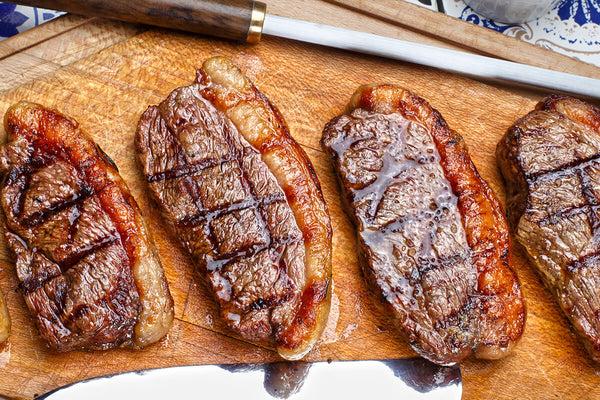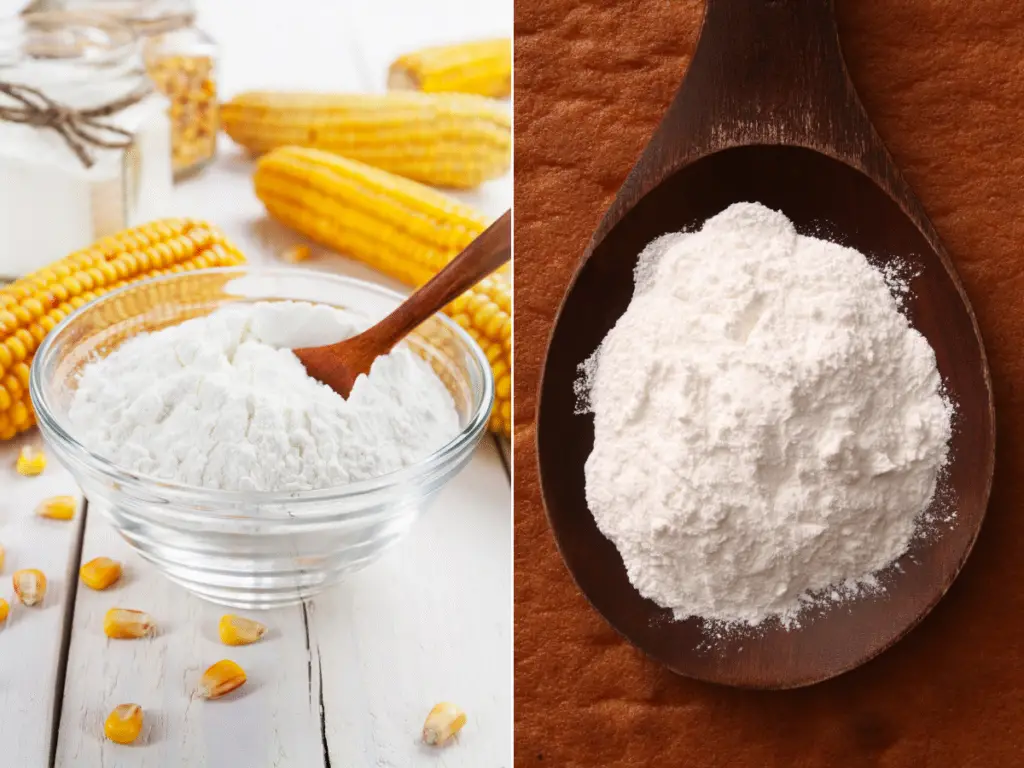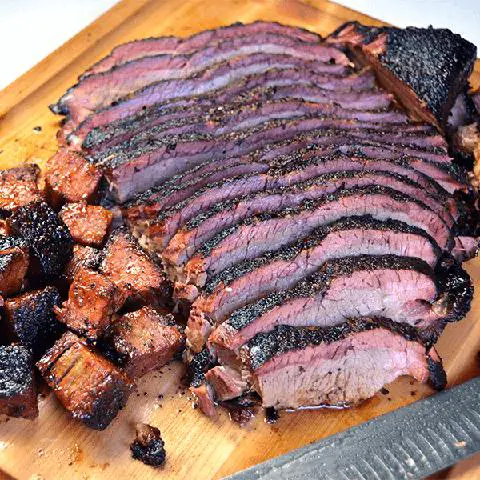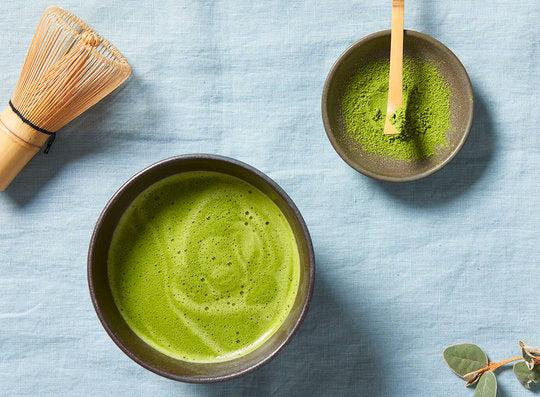
Unlocking the Mysteries of Matcha: Exploring the Unique Flavors and Delights of this Traditional Japanese Green Tea
1. Exploring the Delicate Balance of Bitter and Sweet: What Does Matcha Taste Like?

Matcha is a unique tea that offers a delicate balance of bitter and sweet flavors. It has a mellow, earthy taste that is similar to coffee but distinct in its own way. When you first sip matcha, you may notice a strong bitterness, but as it settles in your mouth, the bitterness fades away and leaves behind a smooth, sweet finish.
One of the defining characteristics of matcha is its earthy flavor and grassy aroma. Unlike black or oolong teas, matcha does not have a strong bitter taste due to the way it is processed. The leaves used to make matcha are ground into a fine powder, which eliminates the astringency found in brewed teas. Instead, matcha has a sweeter taste with subtle vegetal undertones.
It’s important to note that matcha does not have any added flavors or sweeteners like vanilla. This means that when you drink matcha, you are experiencing its pure and refreshing taste. Some people enjoy drinking it plain with just hot water, while others prefer mixing it with honey or lemon juice for added sweetness.
The flavor of matcha can vary depending on where it is sourced from. The most common type of matcha is called gyokuro, which translates to “bright spring.” However, there are other varieties made from different types of tea leaves such as sencha or bancha. These variations may have slightly different taste profiles due to their unique processing methods.
If you enjoy green tea and appreciate natural sweetness, matcha is definitely worth trying. It is considered a superfood due to its high concentration of antioxidants and nutrients. However, keep in mind that the flavor of matcha can be divisive – some people love it while others may find it less appealing.
To truly understand what Japanese matcha tastes like, the best way is to try it for yourself. Visit a reputable source or tea shop that offers authentic matcha and experience its unique flavor firsthand. Whether you enjoy it straight or with added ingredients, matcha offers a refreshing and enjoyable drinking experience.
2. Unveiling the Earthy and Mellow Flavors of Matcha: A Taste Experience
Matcha is known for its unique taste that is both earthy and mellow. It has a delicate balance of bitter and sweet flavors, making it a truly enjoyable beverage. When you first taste matcha, you may notice a strong bitterness, but as you continue sipping, the bitterness fades away and leaves behind a smooth and sweet finish.
One of the reasons matcha has a different taste compared to other green teas is because it is made from ground leaf buds and shoots of the Camellia sinensis plant. The leaves are grown in the shade in mountainous areas, which affects their flavor profile. The steaming and drying process also contributes to matcha’s distinct taste.
Unlike black or oolong teas, matcha does not have astringent or strong bitter notes. Instead, it offers a sweeter taste with a subtle vegetal aftertaste. This makes matcha more appealing to those who may find traditional green teas too bitter or strong in flavor.
Some people enjoy drinking matcha straight without any additions, while others prefer to mix it with honey or cream to enhance its taste. One popular way to enjoy matcha is by mixing it with hot water and adding honey and lemon juice for a delicious cup of tea.
It’s important to note that the taste of matcha can vary depending on its type and quality. The most common type is called gyokuro, which has a bright spring flavor. Other types of matcha made from different tea leaves such as sencha or bancha may have slightly different tastes due to variations in processing methods.
If you’re new to matcha and want to experience its true flavor, consider trying pure forms like gyokuro or high-quality ceremonial grade matcha. These types often have brighter colors due to the presence of L-theanine, an amino acid that contributes to matcha’s vibrant green hue.
In conclusion, matcha offers a unique taste experience with its earthy and mellow flavors. It has a delicate balance of bitter and sweet notes, making it a refreshing and enjoyable beverage. Whether you prefer to drink it straight or mix it with other ingredients, matcha is a superfood worth trying if you enjoy the taste of natural sweetness. To truly understand the taste of Japanese matcha, it’s best to try it for yourself and explore different types and qualities.
3. From Grass to Refreshing Drink: The Unique Taste of Matcha Uncovered
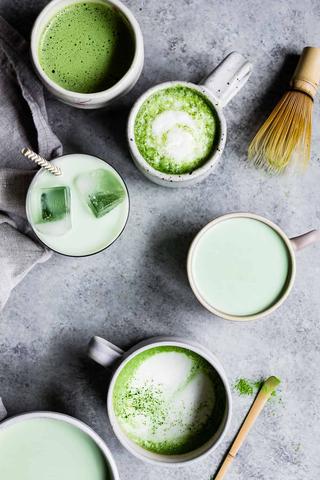
Matcha, a powdered green tea, has a unique taste that sets it apart from other teas. It is often described as having a delicate balance of bitter and sweet flavors. Some people enjoy drinking it straight, while others prefer to mix it with honey or cream to enhance the taste.
Unlike traditional green teas, matcha is made from ground leaf buds and shoots of the Camellia sinensis plant. These leaves are grown in the shade in mountainous areas, which gives matcha its vibrant green color. After being steamed and dried, the leaves are ground into a fine powder.
When consumed, matcha initially has a strong bitter taste. However, this bitterness quickly fades and is replaced by a smooth and sweet finish. The earthy flavor and grassy aroma of matcha contribute to its unique taste profile.
One of the reasons why matcha is less bitter than black or oolong teas is because it is made from ground leaves rather than brewed leaves. This means that it lacks the astringent taste commonly associated with brewed tea. Instead, matcha has a sweeter taste and a subtle vegetal aftertaste that appeals to many people.
It’s important to note that matcha does not contain any added flavors or sweeteners. This means that it simply tastes like a refreshing drink without any additional artificial or natural enhancements.
The taste of matcha can vary depending on its quality and origin. The most common type of matcha is called gyokuro, which means “bright spring.” However, there are other types made from different tea leaves such as sencha or bancha. These variations can result in slight differences in taste.
If you’re new to matcha and unsure about what to expect, the best way to truly understand its taste is to try it for yourself. Many companies offer matcha products, including powders, capsules, pills, and drinks. By directly experiencing the flavor of matcha, you can determine whether it suits your palate.
In conclusion, matcha has a mellow and earthy taste that is a balance of bitter and sweet flavors. Its unique processing method and use of ground leaves contribute to its distinct taste profile. Whether enjoyed plain or mixed with other ingredients like honey or lemon juice, matcha offers a refreshing and enjoyable drinking experience for green tea enthusiasts.
4. Matcha’s Flavor Profile: A Blend of Earthiness, Sweetness, and Subtle Vegetal Notes
Matcha has a unique flavor profile that is a delicate balance of earthiness, sweetness, and subtle vegetal notes. When you first taste matcha, you may notice a strong bitterness. However, as the bitterness settles down, it gives way to a smooth and sweet finish. This transition from bitter to sweet is one of the defining characteristics of matcha.
Unlike black or oolong teas, matcha does not have a strong astringent taste. This is because matcha is made from ground leaves rather than brewed tea leaves. The result is a sweeter taste with no bitterness compared to other types of tea.
The earthy flavor of matcha comes from its processing method. The leaves are grown in the shade in mountainous areas, which enhances their chlorophyll content and gives matcha its vibrant green color. The steaming and drying process further intensifies the earthy flavor.
In addition to its earthiness, matcha also has subtle vegetal notes. These notes can vary depending on the type of matcha you choose. The most common type is gyokuro, which has a bright spring-like flavor. Other types of matcha made from different tea leaves such as sencha or bancha can have their own unique flavors.
Overall, matcha offers a refreshing and flavorful experience for tea enthusiasts. Its blend of earthiness, sweetness, and subtle vegetal notes make it an appealing choice for those who enjoy green tea and appreciate natural flavors.
Benefits:
– Matcha is packed with antioxidants that help boost your immune system.
– It contains caffeine which provides an energy boost without the jitters.
– Matcha can help improve focus and concentration due to its high L-theanine content.
– It aids in detoxification and supports a healthy metabolism.
– Matcha is rich in vitamins and minerals, including vitamin C, selenium, and zinc.
How to Enjoy Matcha:
There are various ways to enjoy matcha depending on personal preference. Some people prefer to drink it straight by whisking the powder with hot water until frothy. Others like to mix it with honey or cream for added sweetness and richness. Matcha can also be used as an ingredient in smoothies, baked goods, and desserts.
To fully appreciate the flavor of matcha, it is recommended to use high-quality matcha powder. Look for ceremonial grade or culinary grade matcha that is sourced from reputable sources. The quality of the matcha will greatly influence its taste and overall experience.
In conclusion, matcha offers a unique flavor profile that combines earthiness, sweetness, and subtle vegetal notes. Its refreshing taste makes it a popular choice among tea lovers. Whether enjoyed plain or mixed with other ingredients, matcha provides a delightful drinking experience that is both satisfying and beneficial for your health.
5. What to Expect When Trying Matcha for the First Time: Understanding its Distinctive Taste
When trying matcha for the first time, it’s important to understand its distinctive taste. Matcha has a delicate balance of bitter and sweet flavors. It starts off with a strong bitterness, but as you continue to drink it, the bitterness fades away and you’re left with a smooth and sweet finish. The taste can be described as mellow and earthy, similar to a cup of coffee.
Unlike black or oolong teas, matcha does not have a strong bitterness. This is because matcha is made from ground leaves rather than brewed tea leaves. The result is a sweeter taste with a subtle vegetal aftertaste. Some people find this flavor more appealing than traditional green teas.
Matcha itself does not have any added flavors or sweeteners, so it simply tastes like a refreshing drink. However, many people enjoy mixing matcha with honey or lemon juice to enhance its natural sweetness. This combination makes for a delicious cup of tea.
It’s worth noting that the taste of matcha can vary depending on where you get it. The most common type is called gyokuro, which means “bright spring.” However, there are other types of matcha made from different tea leaves such as sencha or bancha. These variations may have slightly different flavors due to their unique processing methods.
If you’re unsure about what matcha tastes like, the best way to find out is to try it for yourself. Going directly to the source and experiencing authentic Japanese matcha will give you a true sense of its flavor profile. With its natural sweetness and health benefits, matcha is definitely worth exploring if you enjoy green tea.
So why not give matcha a try? Subscribe to our newsletter for updates and take advantage of our special discount offer on various matcha products. Join the thousands of happy customers who shopped with us last Black Friday and discover the unique taste of matcha for yourself. Free shipping is available in your zone, so don’t miss out on this opportunity to experience the distinctive flavor of matcha.
6. Is Matcha Similar to Green Smoothies or Grass? Discovering the True Flavor
Matcha is often associated with green smoothies due to its vibrant green color and health benefits. However, the taste of matcha is quite different from a typical green smoothie. While both may have a grassy undertone, matcha has a more distinct and complex flavor profile.
When compared to grass, matcha does have some similarities in terms of its earthy and vegetal taste. However, it is important to note that matcha has a much more refined flavor than simply drinking grass juice. The steaming and drying process used to create matcha powder helps to enhance its aroma and flavor.
Unlike a green smoothie or grass juice, matcha is not overwhelmingly bitter. It has a delicate balance of bitterness and sweetness, making it enjoyable for many people. The bitterness quickly fades away, leaving behind a smooth and sweet finish.
Matcha also lacks the astringent taste commonly found in black or oolong teas. This is because matcha is made from ground leaves rather than brewed tea leaves. As a result, it has a smoother texture and sweeter taste that appeals to those who may not enjoy the bitterness of traditional green teas.
It’s worth noting that the taste of matcha can vary depending on the type you choose. The most common type is gyokuro, which has a bright spring-like flavor. Other types like sencha or bancha may have different flavor profiles due to variations in tea leaves and processing methods.
Ultimately, the best way to truly understand the taste of matcha is to try it for yourself. Whether you prefer it straight or mixed with other ingredients like honey or cream, exploring different ways of enjoying matcha can help you discover your own personal preference.
So if you’re curious about trying something new and enjoy the natural sweetness of green tea, matcha is definitely worth a try. Just remember that taste preferences can be subjective, so it’s always best to experience it firsthand and decide for yourself.
7. The Art of Brewing Matcha: Unlocking its Smooth, Sweet Finish and Unique Aroma
Matcha is not just a tea, it is an art form. The process of brewing matcha involves precision and attention to detail to unlock its smooth, sweet finish and unique aroma. Here are some tips on how to brew the perfect cup of matcha.
1. Use high-quality matcha powder
The quality of the matcha powder you use will greatly impact the taste and overall experience. Look for ceremonial grade matcha, which is made from the youngest leaves and has a vibrant green color. This type of matcha will have a smoother flavor and less bitterness.
2. Sift the matcha powder
Before whisking your matcha, it is important to sift the powder to remove any clumps. This will ensure a smooth and consistent texture in your drink.
3. Use hot water, not boiling
When preparing matcha, it is best to use water that is around 175°F (80°C). Boiling water can scorch the delicate flavors of matcha and make it taste bitter. Allow the water to cool slightly before adding it to your matcha bowl.
4. Whisk vigorously
To achieve a frothy and creamy consistency, whisk the matcha vigorously using a bamboo whisk or chasen. Make quick back-and-forth motions until you see a layer of foam on top of your drink.
5. Enjoy immediately
Matcha is best enjoyed fresh, so drink it immediately after preparation to fully savor its flavors. As time passes, the taste may become dull and less vibrant.
In conclusion, brewing matcha requires patience and skill to unlock its smooth, sweet finish and unique aroma. By using high-quality matcha, sifting the powder, using hot water at the right temperature, whisking vigorously, and enjoying it immediately, you can experience the true essence of matcha. So go ahead and indulge in this artful beverage that offers a delightful balance of flavors.
8. Pure vs Flavored Matcha: Exploring the Different Tastes and Varieties
When it comes to matcha, there are different varieties and flavors available. One of the main distinctions is between pure matcha and flavored matcha.
Pure matcha refers to matcha that is made solely from ground tea leaves without any additional ingredients or flavors. It is considered the most authentic form of matcha and has a distinct taste that is both bitter and sweet, with an earthy flavor and grassy aroma. Pure matcha provides a more traditional experience for those who enjoy the natural taste of green tea.
On the other hand, flavored matcha incorporates additional ingredients to enhance its taste. Common flavors include vanilla, mint, and moringa. These flavored matchas offer a unique twist on the traditional flavor profile of pure matcha, adding sweetness or refreshing notes to the drink. Flavored matchas can be a great option for those who prefer a more diverse range of tastes or want to experiment with different flavor combinations.
It’s important to note that while flavored matchas can be enjoyable, they may not provide the same level of authenticity as pure matcha. The added flavors can sometimes overpower or mask the natural taste of green tea. Therefore, if you’re looking for a more traditional experience, pure matcha is recommended.
In summary, pure matcha offers a delicate balance of bitter and sweet flavors with an earthy undertone, while flavored matchas provide variations with added ingredients such as vanilla or mint. Both options have their own unique appeal and can be enjoyed based on personal preferences.
9. The Japanese Tea Experience: How Gyokuro and Other Variants Shape the Taste of Matcha
Matcha is a unique type of tea that offers a range of flavors and aromas depending on its variants. One such variant is gyokuro, which translates to “bright spring.” Gyokuro is considered one of the highest grades of matcha and is known for its rich umami flavor. It has a smooth and mellow taste with a hint of sweetness, making it highly prized among matcha enthusiasts.
Gyokuro is grown in shaded conditions, which allows the tea leaves to develop more chlorophyll and amino acids. This results in a vibrant green color and a distinctive taste profile. The shading process reduces the bitterness often associated with green teas, resulting in a smoother and more delicate flavor.
In addition to gyokuro, there are other types of matcha made from different tea leaves such as sencha or bancha. These variants undergo a similar processing method but may have slightly different flavors due to variations in cultivation and processing techniques.
Sencha matcha combines the characteristics of sencha tea with the vibrant green color and smoothness of matcha. It has a refreshing taste with subtle grassy notes and a mild sweetness.
Bancha matcha, on the other hand, is made from mature tea leaves harvested later in the season. It has a slightly stronger flavor compared to gyokuro or sencha matcha, with earthy undertones and less sweetness.
The taste of matcha can also be influenced by factors such as growing region, soil composition, and production methods. Each variant offers its own unique flavor profile, allowing tea enthusiasts to explore different tastes within the world of matcha.
To fully appreciate the diverse flavors of matcha, it is recommended to try different variants from reputable sources. This will allow you to experience the nuances in taste and find the one that suits your preferences. Whether you prefer the smoothness of gyokuro or the refreshing grassy notes of sencha matcha, there is a matcha variant out there for every palate.
In conclusion, matcha offers a delicate balance of bitter and sweet flavors, with variations in taste depending on the specific variant chosen. Gyokuro, sencha, and bancha matcha are just a few examples of the different flavors available within the world of matcha. Exploring these variants will allow you to discover your preferred taste profile and fully enjoy the unique experience that matcha has to offer.
10. From Traditional Japanese Culture to Western Palates: Understanding the Divisive Flavor of Matcha
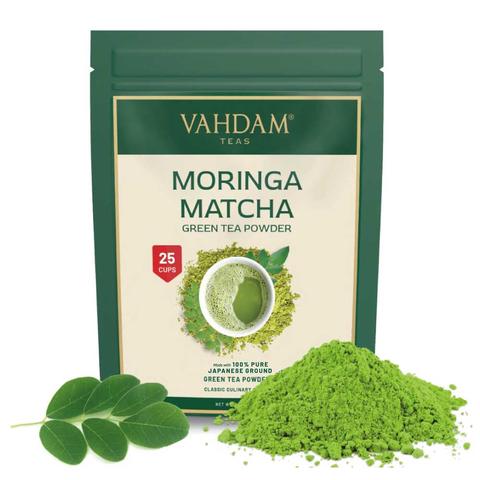
Matcha, a traditional Japanese green tea powder, has gained popularity in Western culture in recent years. However, its unique flavor can be divisive among different palates. Some people find matcha to be an acquired taste, while others instantly fall in love with its distinct flavor profile.
The taste of matcha is often described as a delicate balance between bitter and sweet. It has an earthy flavor and a grassy aroma that sets it apart from other teas. Unlike black or oolong teas, matcha does not have a strong bitterness. This is because matcha is made from ground leaves rather than brewed tea leaves.
One of the reasons why matcha is favored by many is its natural sweetness. It doesn’t require any added flavors or sweeteners to enhance its taste. Some people enjoy drinking matcha straight with hot water, while others prefer to mix it with honey or cream for added sweetness and richness.
It’s important to note that the taste of matcha can vary depending on where it is sourced from. The most common type of matcha is called gyokuro, which means “bright spring.” However, there are other types of matcha made from different tea leaves such as sencha or bancha. These variations can result in subtle differences in flavor and aroma.
To truly understand the flavor of Japanese matcha, it’s recommended to try it directly from the source. Visiting Japan and experiencing a traditional tea ceremony can provide a deeper appreciation for the taste and cultural significance of matcha.
In conclusion, matcha has a unique and divisive flavor profile that appeals to some but not all palates. Its delicate balance between bitter and sweet, along with its earthy flavor and grassy aroma, make it distinct from other teas. Whether you enjoy it plain or with added ingredients, matcha is a superfood worth exploring if you appreciate the taste of natural sweetness.
In conclusion, matcha has a unique and distinct taste that is often described as earthy, vegetal, and slightly bitter. Its rich umami flavor combined with a hint of sweetness makes it an acquired taste for some but a delightful experience for matcha enthusiasts. Whether enjoyed in traditional tea ceremonies or incorporated into various recipes, matcha offers a refreshing and invigorating flavor profile that sets it apart from other teas.
Learn More About Grilling
If you want to learn more about grilling, check out these other helpful resources!

